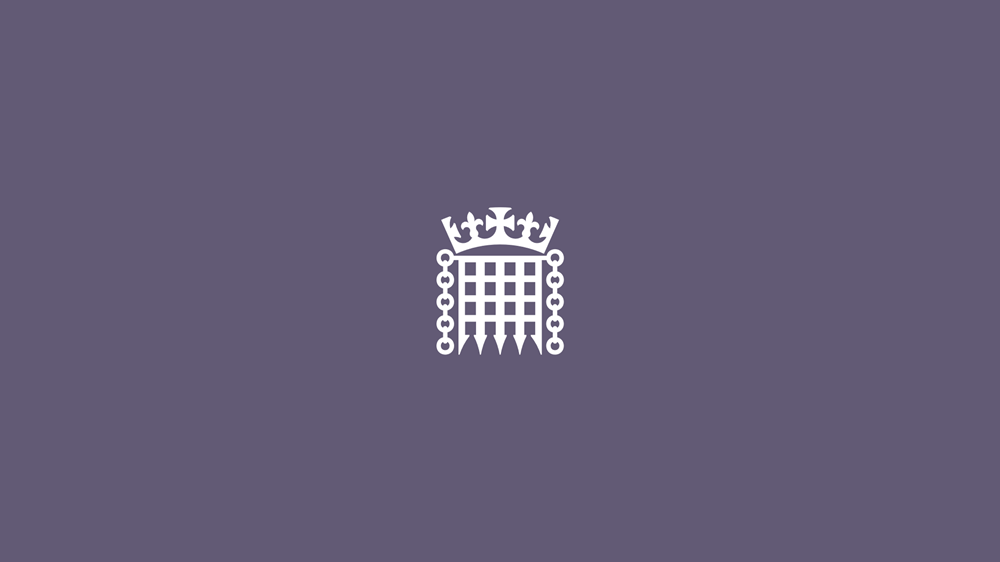IT in the NHS report
27 January 2009 (updated on 22 April 2010)
Public Accounts Committee report on the national programme for IT in the NHS and progress made since 2006.
Edward Leigh MP, Chairman of the Committee of Public Accounts, today said:
"The risks to the successful delivery of the National Programme for IT are as serious as ever. Essential systems are late or, when deployed, do not meet expectations of clinical staff; estimates of local costs are still very unreliable; and, despite action to secure their commitment, many NHS staff remain unenthusiastic. It is also worrying that, if Trusts decide not to deploy the patient care records systems, the taxpayer can still be obliged to make payments to the suppliers concerned.
"The original aim was for the systems to be fully implemented by 2010. The truth is that, while some are complete or well advanced, the major ones such as the care records systems are way off the pace. Even the revised completion date of 2014-15 for these systems now looks doubtful in the light of the termination last year of Fujitsu’s contract covering the South. By the end of 2008, the Lorenzo care records software for the North, Midlands and East had not gone live throughout a single Acute Trust.
"The risks to this massive health information technology project, the biggest in history, have been heightened by the departure from the Programme of two out of the original four Local Service Providers. The Department of Health must determine what this means for the strength of its negotiating position and whether the remaining two suppliers can continue to meet their substantial commitments.
"Trusts should not be expected to deploy care records systems that aren’t working properly. If there is no improvement to this situation within six months, then the Department should consider allowing Trusts to apply for funding for alternative systems.”
Mr Leigh was speaking as the Committee published its 2nd Report of this Session which, on the basis of evidence from the Department of Health and Fujitsu, examined the progress being made in delivering the Programme, including the termination of Fujitsu’s contract as the Local Service Provider for the South. The Committee first reported on the Programme in March 2007.
The National Programme for IT is designed to reform the way the NHS in England uses information, and hence to improve services and the quality of patient care. The Programme’s aims are ambitious, and its scale and complexity make delivery more challenging than similar projects elsewhere in the world. The Programme requires substantial organisational and cultural change to be successful and it is dependent on the deployment of systems in an increasingly devolved NHS.
The Programme is managed at national level by NHS Connecting for Health, part of the Department of Health, and the Chief Executive of the NHS is the Senior Responsible Owner for the Programme. Responsibility for delivery is shared with the local NHS, with the Chief Executives of the ten Strategic Health Authorities responsible for implementation and the realisation of benefits in their part of the NHS.
Some systems are being deployed across the NHS. The Care Records Service, however, is at least four years behind schedule, with the Department’s latest forecasts putting completion at 2014-15. At 31 August 2008, new care records systems had been deployed in 133 of the 380 Trusts. Trusts in the North, Midlands and East have been receiving an interim system and will have to go through a further deployment in due course to implement Lorenzo, the care records software for the North, Midlands and East, which has suffered major delays. By the end of 2008, Lorenzo had not been deployed throughout any Acute Trust and in only one Primary Care Trust.
The Programme started with four Local Service Providers-the main suppliers responsible for implementing systems at local level-covering the whole of England, but two have left the Programme. Only two remain, both carrying the responsibility for major components of the Programme. The Programme’s high dependence on just two major suppliers has implications for the Programme’s capacity and capability, and for the Department’s leverage.
Fujitsu’s contract covering the South of England was terminated in May 2008. Negotiations to reset the contract had failed because the two sides were unable to agree on the price and commercial terms. The future arrangements for the South remain under discussion, but the Department’s intention is allow those Trusts which have not yet implemented a new care records system to choose between those offered by the two remaining Local Service Providers, BT and CSC.
The estimated cost of the Programme is £12.7 billion, including £3.6 billion of local costs, although this figure remains uncertain. In the event that Trusts decide not to deploy the Programme’s systems, the Department is nonetheless obliged to make payments to the suppliers concerned. While the Department can direct NHS Trusts and Primary Care Trusts to take the systems, it has no such power over Foundation Trusts.
The Programme is intended to generate substantial benefits for patients and the NHS. The aim is for the care records software to be delivered in a series of releases with increasing functionality. Delivering the clinical functionality will be key to convincing NHS staff of the benefits of the Programme because what has been provided to date has not met their expectations.
Keeping patient data secure is crucial to the reputation and success of the Programme, and the Department is confident that the mechanisms it is putting in place will provide a high level of security. Access to the Care Records Service will be controlled through Smartcards and passcodes, and access will be auditable. The security of the IT systems themselves is the responsibility of suppliers, with NHS organisations and their staff responsible for keeping secure the data they access. The Department is notified of serious security breaches, but less serious incidents are handled at local level.
